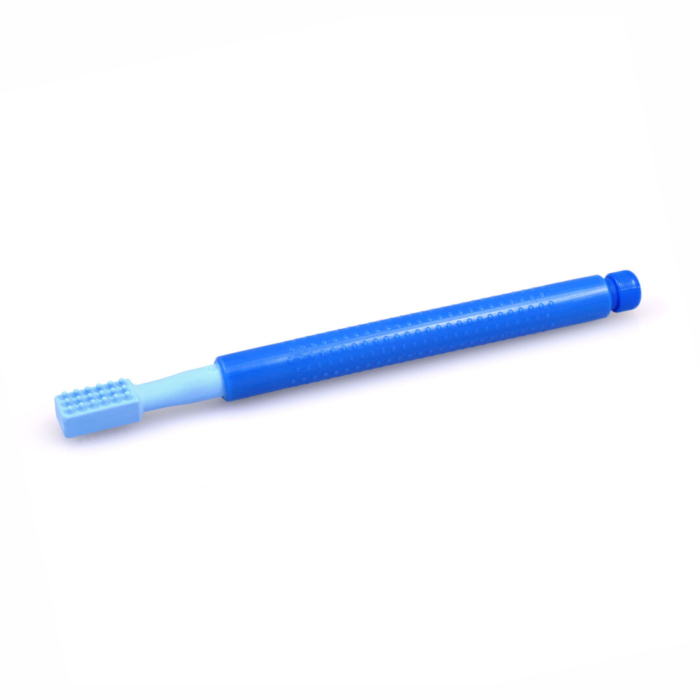


Always supervise children with an excessive need for chewing for safety reasons.Ad oral motor activities into your child’s daily routine to provide their mouth with the feedback needed, such as: tough or hard to eat foods, gum massages, blow through straws or whistles, blow bubbles through straws, drink thickened liquids through a straw, blow cotton balls across a table, and a vibrating toothbrush or Z-Vibe.You can read Noahs birth story on our website and we. Reward your child every time they use the chew. This is a video of our son who was born with Down syndrome.Quickly replace inappropriate items with safe oral sensory chew, repeating until your child independently chooses the chew.Practice in the mirror for visual input.Be very consistent and patient, and get everyone that interacts with your child involved (teachers, grandparents, daycare providers, ect).

#Z vibe protocol how to#
How to successfully transition to chew toy from inappropriate items.Try putting chews in the freezer, warm water, or dipping in a variety of food textures for additional sensory input.Chewelry, Y-Tubes, pencil toppers, bracelets, and Grabbers are a few of the most popular chew toys and vary by age and type of “chewer” your child is.
#Z vibe protocol free#


 0 kommentar(er)
0 kommentar(er)
